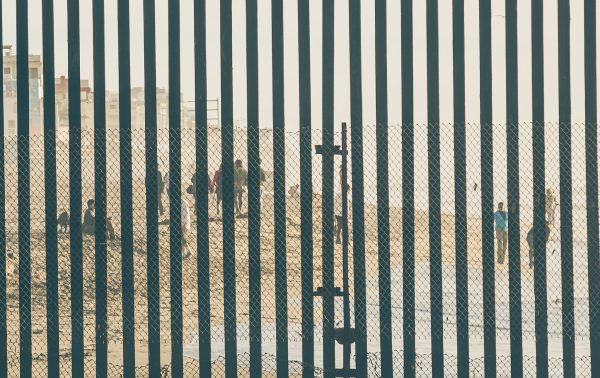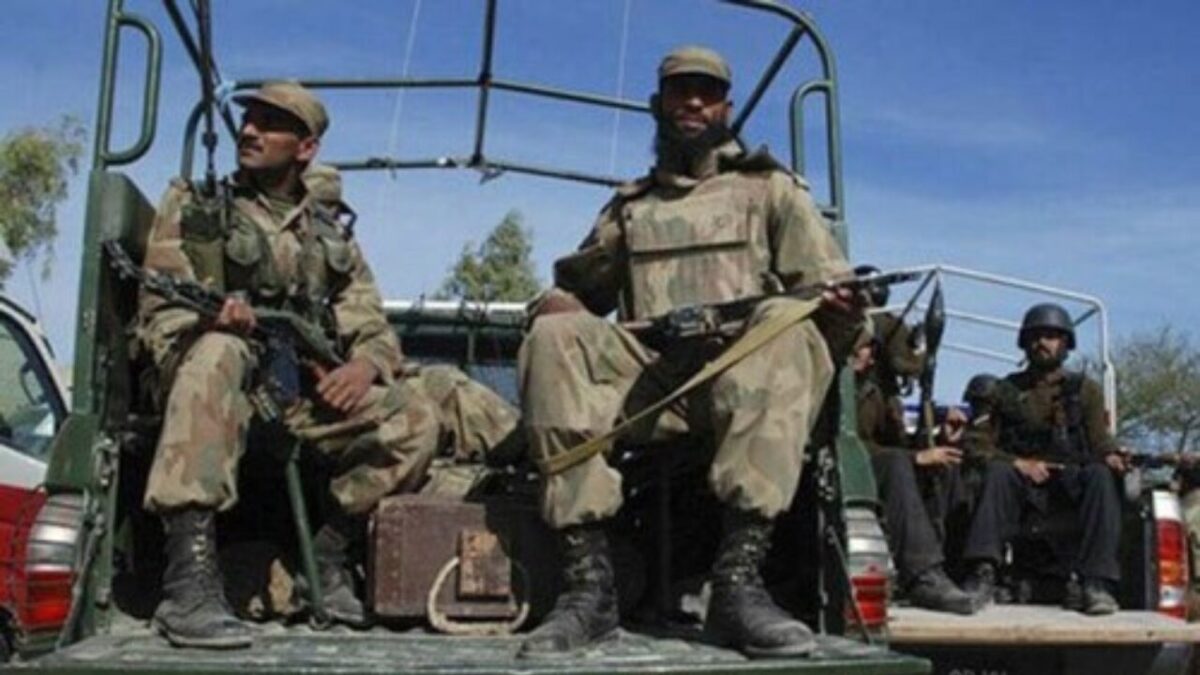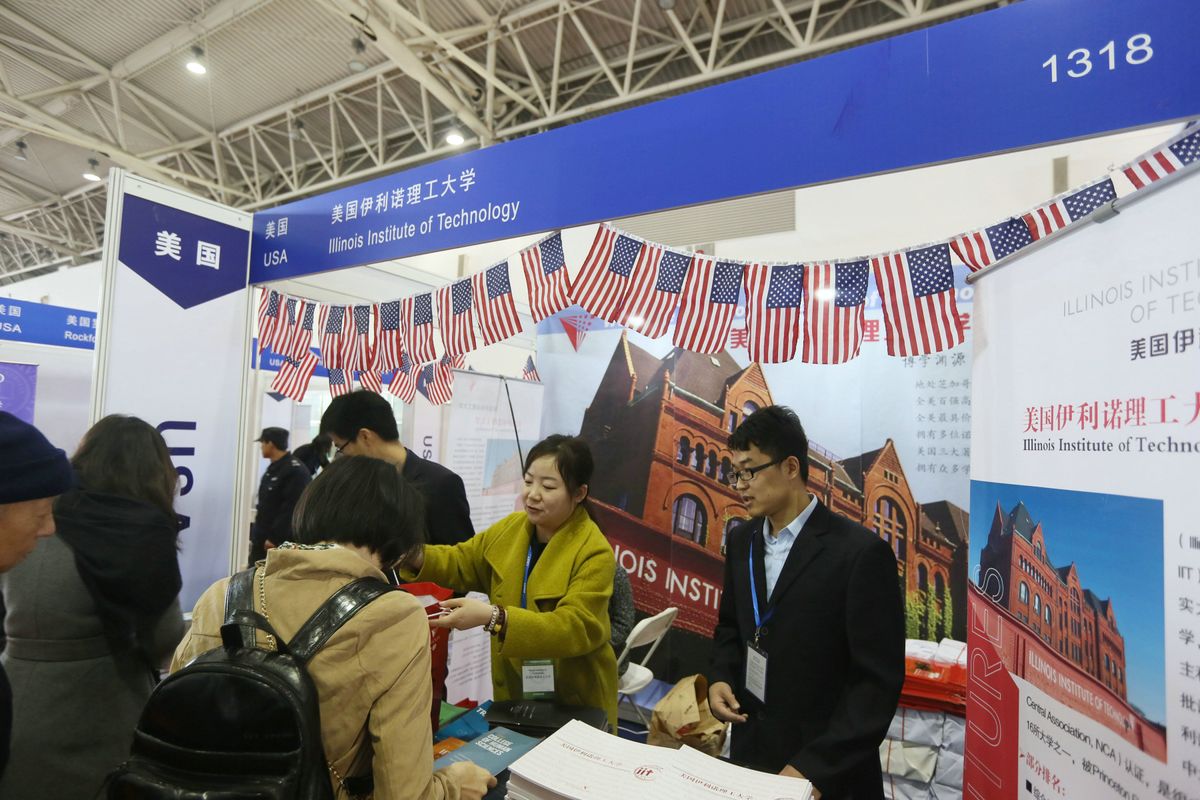'Mystery volcano' that erupted and cooled Earth in 1831 has finally been identified
![]()
By CNN Jan 4, 2025
An unknown volcano erupted so explosively in 1831 that it cooled Earth's climate.
Now, nearly 200 years later, scientists have identified the "mystery volcano".
The eruption was one of the most powerful of the 19th century, spewing so much sulfur dioxide into the stratosphere that annual average temperatures in the Northern Hemisphere dropped by about one 1 degree Celsius (1.8 degrees Fahrenheit).
An unknown volcano erupted so explosively in 1831 that it cooled Earth's climate. (CNN)
The event took place during the last gasp of the Little Ice Age, one of the coldest periods on Earth in the past 10,000 years.
While the year of this historic eruption was known, the volcano's location was not.
Researchers recently solved that puzzle by sampling ice cores in Greenland, peering back in time through the cores' layers to examine sulfur isotopes, grains of ash and tiny volcanic glass shards deposited between 1831 and 1834
Using geochemistry, radioactive dating and computer modeling to map particles' trajectories, the scientists linked the 1831 eruption to an island volcano in the northwest Pacific Ocean, they reported Monday in the journal Proceedings of the National Academy of Sciences.
According to the analysis, the mystery volcano was Zavaritskii (also spelled Zavaritsky) on Simushir Island, part of the Kuril Islands archipelago, an area disputed by Russia and Japan.
Before the scientists' findings, Zavaritskii's last known eruption was in 800 BC.
Now, nearly 200 years later, scientists have identified the "mystery volcano." (CNN)
"For many of Earth's volcanoes, particularly those in remote areas, we have a very poor understanding of their eruptive history," said lead study author Dr. William Hutchison, a principal research fellow in the School of Earth and Environmental Sciences at the University of St. Andrews in the United Kingdom.
"Zavaritskii is located on an extremely remote island between Japan and Russia. No one lives there and historical records are limited to a handful of diaries from ships that passed these islands every few years," Hutchison told CNN in an email.
With little information available about Zavaritskii's activity during the 19th century, no one previously suspected that it could be a candidate for the 1831 eruption.
Instead, researchers considered volcanoes that were closer to the equator, such as the Babuyan Claro volcano in the Philippines, according to the study.
"This eruption had global climatic impacts but was wrongly attributed to a tropical volcano for a long time period," said Dr. Stefan Brönnimann, unit leader in climatology at the University of Bern in Switzerland.
"The research now shows that the eruption took place on the Kurils, not in the tropics," said Brönnimann, who was not involved in the study.
'A genuine eureka moment'
Examination of the Greenland ice cores revealed that in 1831, sulfur fallout — a sign of volcanic activity — was about 6 ½ times greater in Greenland than it was in Antarctica.
This finding suggested that the source was a major eruption from a midlatitude volcano in the Northern Hemisphere, the researchers reported.
The study team also chemically analyzed ash and shards of volcanic glass measuring no more than 0.0008 inch (0.02 millimeter) long.
When the scientists compared their results with geochemical datasets from volcanic regions, the closest matches were in Japan and the Kuril Islands.
Volcanic eruptions in 19th century Japan were well-documented, and there were no records of a large eruption in 1831.

This finding suggested that the source was a major eruption from a midlatitude volcano in the Northern Hemisphere, the researchers reported. (CNN)
But colleagues who had previously visited volcanoes in the Kuril Islands provided samples that led the researchers to a geochemical match with the Zavaritskii caldera.
"The moment in the lab analysing the two ashes together — one from the volcano and one from the ice core — was a genuine eureka moment," Hutchison said in his email.
Radiocarbon dating of tephra, or volcanic ash, deposits on Simushir Island placed them within the past 300 years.
What's more, analysis of the caldera's volume and sulfur isotopes suggested the crater formed after a massive eruption between 1700 and 1900, making Zavaritskii "the prime candidate" for the mystery eruption in 1831, the authors wrote.
"I am still surprised that an eruption of this size went unreported," Hutchison added. "Perhaps there are reports of ash fall or atmospheric phenomena occurring in 1831 that reside in a dusty corner of a library in Russia or Japan.
The follow-up work to delve into these records really excites me."
The end of the Little Ice Age
Along with Zavaritskii, three other volcanoes blew their tops between 1808 and 1835. They marked the waning of the Little Ice Age, a climate anomaly that lasted from the early 1400s to around 1850.
During this time, annual temperatures in the Northern Hemisphere dropped by 1.1 degrees Fahrenheit (0.6 degrees Celsius) on average.
In some places, temperatures were 3.6 degrees Fahrenheit (2 degrees Celsius) cooler than normal, and the cooling persisted for decades.
Two of the four eruptions were previously identified: Mount Tambora in Indonesia exploded in 1815, and Cosegüina erupted in Nicaragua in 1835.
The volcano that produced the 1808/1809 eruption remains unknown. The addition of Zavaritskii highlights the potential of volcanoes in the Kuril Islands for disrupting Earth's climate, the study authors reported.
After the 1831 eruption, cooler and drier conditions emerged in the Northern Hemisphere.
Reports of widespread hunger and hardship swiftly followed, with famines sweeping across India, Japan and Europe, affecting millions of people.
"It seems plausible that volcanic climate cooling led to crop failure and famine," Hutchison said.
"A focus of ongoing research is to understand to what extent these famines were caused by volcano climate cooling, or by other socio-political factors."
By providing a long-missing piece of information about the 19th century volcanoes that cooled Earth's climate, "the study perhaps strengthens our confidence on the role of volcanic eruptions for the last phase of the Little Ice Age," Brönnimann said.
Like Zavaritskii, many volcanoes worldwide are in isolated places and are poorly monitored, making it challenging to predict when and where the next large-magnitude eruption may strike, Hutchison added.
If there's a lesson to be learned from the 1831 eruption, it's that volcanic activity in remote spots can have devastating global consequences — which people may be unprepared to face.
"We don't really have a coordinated international community to kick into gear when the next big one happens," Hutchison said.
"That is something we need to think about as both scientists and as (a) society."










 A photo released on December 17, 2024 showing rescuers responding to an oil spill along the coastline of the Black Sea, caused by the wreck of two oil tankers. © Russian Emergencies Ministry via AFP
A photo released on December 17, 2024 showing rescuers responding to an oil spill along the coastline of the Black Sea, caused by the wreck of two oil tankers. © Russian Emergencies Ministry via AFP




Chinese Premier Li Qiang on Friday was briefed about efforts to ensure wage payments of migrant workers as he presided over a State Council executive meeting.
The meeting focused on the study and promotion of urban renewal work and also deliberated and approved a draft regulation on the protection of both ancient and notable trees.
Ensuring the wage payments of migrant workers is a significant issue concerning people's well-being, the meeting noted.
It is important to earnestly safeguard the legitimate rights and interests of migrant workers, the meeting stressed, while also highlighting the necessity of strengthening data connectivity among relevant departments, including human resources and social security, as well as finance.
Urban renewal is crucial for enhancing the appearance and living quality of cities and serves as an important lever for expanding domestic demand, the meeting determined, while also calling for efforts to build resilient and smart cities that are desirable to live in.
The renovation of old residential communities, blocks, factory areas and urban villages in cities should be accelerated, and renovation of urban infrastructure should be strengthened, the meeting resolved.
In addition, the meeting stressed the need to remediate urban ecosystems and preserve urban history and culture.
Efforts should be made to bolster the supply of resources such as funds and land, as well as attract more private capital to participate in urban renewal initiatives, the meeting stated.
The meeting also vowed support for innovative efforts in accordance with local